Nine Months of Reading: Books about Pregnancy
by Crystal Hicks, Collections Librarian
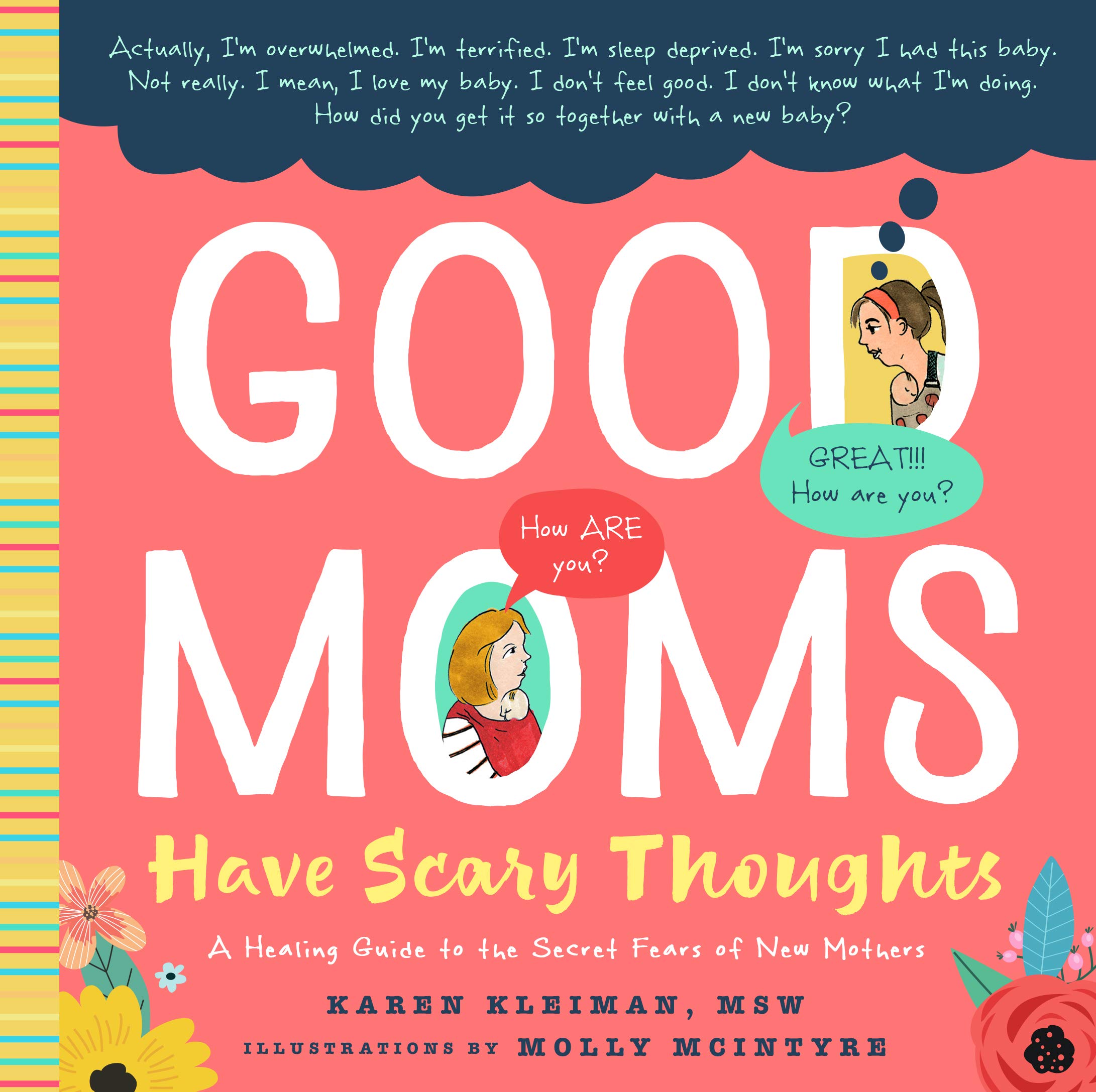 Amongst the many historic and monumental changes that hit the world in 2020, my life was rocked by another great and terrible change: I became a parent. Parenthood has been wonderful and awe-inspiring, but it’s also terrifying, especially when you’re staring it down while undergoing a long, uncontrollable biological experiment—that is, pregnancy. To say I dislike change is to phrase things mildly, so it’s no surprise that I struggled with pregnancy and all the changes it unleashes. In times of uncertainty, I cleave to books, and so I researched and read all hours of the evenings and weekends. Here are the books that brought me knowledge and reassurance.
Amongst the many historic and monumental changes that hit the world in 2020, my life was rocked by another great and terrible change: I became a parent. Parenthood has been wonderful and awe-inspiring, but it’s also terrifying, especially when you’re staring it down while undergoing a long, uncontrollable biological experiment—that is, pregnancy. To say I dislike change is to phrase things mildly, so it’s no surprise that I struggled with pregnancy and all the changes it unleashes. In times of uncertainty, I cleave to books, and so I researched and read all hours of the evenings and weekends. Here are the books that brought me knowledge and reassurance.
I’ve written before about Lucy Knisley, my favorite graphic memoirist, and her memoir “Kid Gloves.” “Kid Gloves” follows Knisley from trying to get pregnant to shortly after giving birth and marked my first foray into books about pregnancy. Knisley expertly punctuates her story with research about the (often awful) history of reproductive health. One caveat about this book: it may not be the best starting point for those newly pregnant. During childbirth, Knisley had eclampsia and almost died, compounding my existing fears about giving birth.
Another excellent memoir by a new millennial parent is Meaghan O’Connell’s “And Now We Have Everything.” O’Connell covers her life from pre-pregnancy musings with friends in New York City (all secretly wanting kids but afraid to take the next step) through childbirth, moving across the country, and a year of postpartum depression. O’Connell reads like a friend giving it to you straight, including the gory details of childbirth, breastfeeding, and the overwhelming exhaustion and chaos of life with a newborn. With O’Connell’s book under my belt, I felt a little more prepared for the emotional and physical havoc that pregnancy and new parenthood might wreak.
Aside from memoirs, I also wanted to know everything there was to know about pregnancy. I turned to the “Mayo Clinic Guide to a Healthy Pregnancy” as a detailed, well-researched tome to guide me. This book has it all, from week-by-week developmental breakdowns to lists of different potential complications and when to call your doctor. I loved this book, but it is possible to have too much information, especially if you’re prone to anxiety; for a pregnancy book with fewer lists of things that could go wrong, try DK’s “Pregnancy Day by Day” instead.
In “Expecting Better,” Emily Oster goes beyond the standard doctors’ recommendations and evaluates the actual scientific studies used to create those recommendations. An economist specializing in health economics, Oster analyzes study design and statistical analysis, explaining which recommendations absolutely need to be followed and which might allow for some flexibility. This is where I learned that catching most food poisoning is fine while pregnant (hello, raw cookie dough), but you should avoid listeria at all costs (bye-bye, deli meat).
Science writer Angela Garbes’s “Like a Mother” (available on Sunflower eLibrary) combines research with memoir, compiling the results of research inspired by her own pregnancy and postpartum recovery. Garbes covers some content I’d already learned at that point (for example, the actual risks of consuming some caffeine or alcohol while pregnant), but she plumbs greater depths when it comes to the bizarre biology of what pregnancy entails. Garbes’s book also contains my favorite pregnancy-related fact: the placenta is an organ grown by the baby, not the mother, so it actually contains the baby’s DNA. Mind. Blown.
Finally, I looked for books to help with my mental health. Kate Rope’s “Strong as a Mother” perfectly fit the bill, offering advice and anecdotes from real-life parents covering all aspects of pregnancy and new parenthood. Sections are short and to-the-point, ideal when finding time to research around a busy pre-baby life or while your newborn naps. Rope strongly advocates for self-care and asking for help when you need it, which struck a chord with me and encouraged me to accept whatever help was offered. Rope also discusses scary thoughts, providing reassurance that your mind may not be all sunshine and rainbows even if your baby is the most perfect baby ever. Karen Kleiman’s “Good Moms Have Scary Thoughts” expounds further on negative thoughts, working to undo the secrecy and shame that surround them.
These books all provided great support and perspective during my pregnancy. As a new parent, I’m finding even more questions to research, but books and the library are still by my side, offering me guidance. Rest assured, I’ll return to write about my favorite books for new parents.


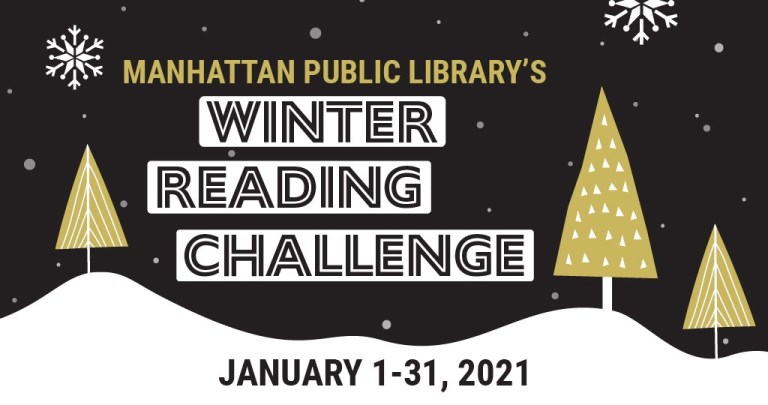 The library is trying something new with the new year – a winter reading challenge. We invite everyone of all ages to register for the
The library is trying something new with the new year – a winter reading challenge. We invite everyone of all ages to register for the 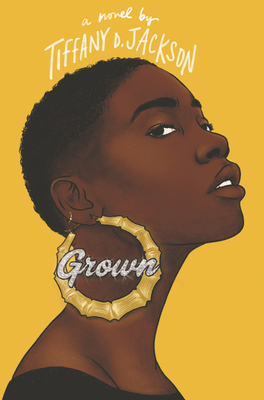 When I was a teenager, there weren’t many books that portrayed modern, realistic, diverse main characters. In school, I was reading classics and learning about topics like slavery, the Holocaust, and the Trail of Tears. The historical tragedies of brown (Latinx, Black, Indigenous American, etc.) people were being taught, but not their modern struggles, and certainly not their joys. For fun, I was reading popular books like
When I was a teenager, there weren’t many books that portrayed modern, realistic, diverse main characters. In school, I was reading classics and learning about topics like slavery, the Holocaust, and the Trail of Tears. The historical tragedies of brown (Latinx, Black, Indigenous American, etc.) people were being taught, but not their modern struggles, and certainly not their joys. For fun, I was reading popular books like  After multiple delays, one of the most anticipated video games of the year, “
After multiple delays, one of the most anticipated video games of the year, “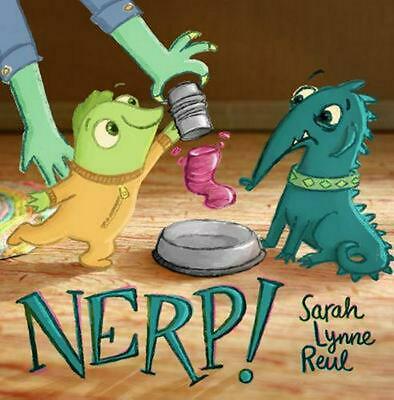 As a new parent, I’m learning the things children do that are frustrating but also hilarious. Hearing the stories my mother had of what my brother and I did seemed ridiculous until I start noticing it with my son and the children that come into the library. When my mom would be prepping a meal, I would sneak the best way a 3-year-old could and steal raw vegetables off the cutting board. Anything and everything that was on the ground was edible. This included a dead spider my dad tracked in from outside that my mother had to pull out of my mouth. My mom’s hair? That’s a toy that is asking to be pulled and be tangled around my fingers. If my parents gave me a piece of paper and some colored pencils, I decided that the wall would be a better canvas. Whatever it was, they love talking about how ridiculous my brother and I were and how now, it’s hilarious.
As a new parent, I’m learning the things children do that are frustrating but also hilarious. Hearing the stories my mother had of what my brother and I did seemed ridiculous until I start noticing it with my son and the children that come into the library. When my mom would be prepping a meal, I would sneak the best way a 3-year-old could and steal raw vegetables off the cutting board. Anything and everything that was on the ground was edible. This included a dead spider my dad tracked in from outside that my mother had to pull out of my mouth. My mom’s hair? That’s a toy that is asking to be pulled and be tangled around my fingers. If my parents gave me a piece of paper and some colored pencils, I decided that the wall would be a better canvas. Whatever it was, they love talking about how ridiculous my brother and I were and how now, it’s hilarious.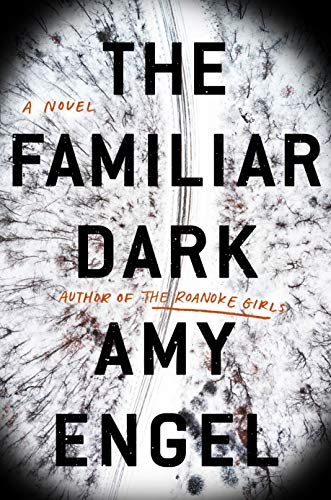 With the recent adaptation of J.D. Vance’s bestselling memoir “
With the recent adaptation of J.D. Vance’s bestselling memoir “ Crafting won’t solve all your problems, but stabbing something with a needle repeatedly is an easy way to feel less anxious. Unfortunately I can’t follow a pattern to save my life, so for a while I only did embroidery.
Crafting won’t solve all your problems, but stabbing something with a needle repeatedly is an easy way to feel less anxious. Unfortunately I can’t follow a pattern to save my life, so for a while I only did embroidery.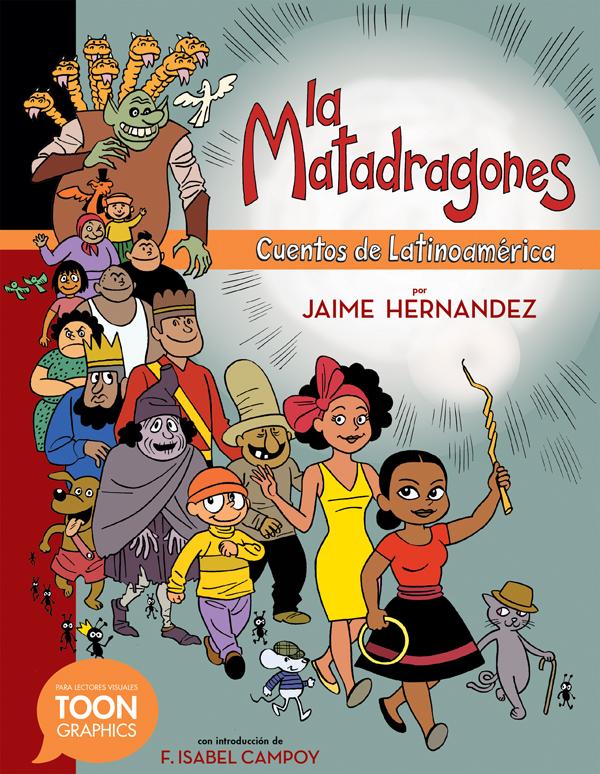 I had a very vivid imagination as a child. My older sibling and I spent a lot of time playing
I had a very vivid imagination as a child. My older sibling and I spent a lot of time playing 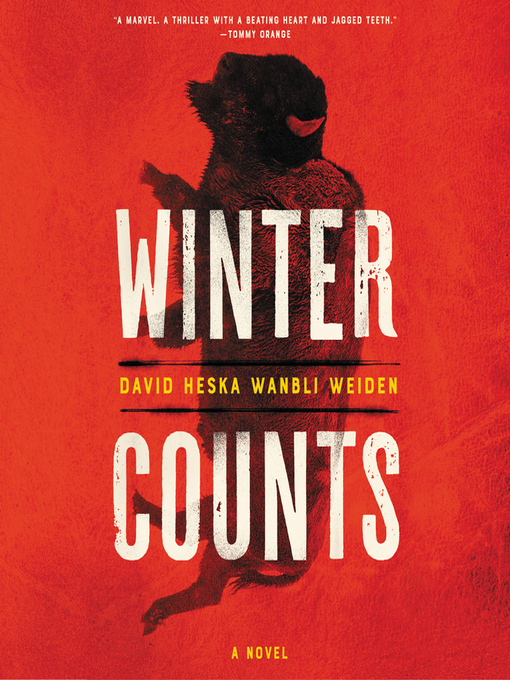 According to the United States Census Bureau, in 2019, 6.9 million Americans identify as American Indian and Alaska Native (AIAN) persons, and this year there are 574 federally- recognized American Indian tribes. Thirty-nine of these tribes call the state of Oklahoma home. I was born in Oklahoma, and while I only lived there for a few years, I’ve gone back frequently to visit family and have an affinity for the red-iron-rich staining dirt. Driving down I-35 from Manhattan to Oklahoma City, I’m always struck by the distinct change in the Earth’s hue, as well as the white-and-green highway signs featuring town names like Chickasha, Tonkawa, and Pawnee. These towns are named after American Indian tribes, and they call out to my curiosity as I drive down I-35. I wonder what stories and histories the peoples of these tribes have. I wonder how different or similar they are to my story. I wonder if they are just as taken with the vibrant red-iron-rich stained earth as I am, and if they have their own story to explain such a phenomenon. Being a librarian and avid bibliophile, I cannot help but find books to sate my curiosity about AIAN peoples and their stories. Here are some of the recently-published contemporary fiction novels I’ve discovered written by American Indian authors.
According to the United States Census Bureau, in 2019, 6.9 million Americans identify as American Indian and Alaska Native (AIAN) persons, and this year there are 574 federally- recognized American Indian tribes. Thirty-nine of these tribes call the state of Oklahoma home. I was born in Oklahoma, and while I only lived there for a few years, I’ve gone back frequently to visit family and have an affinity for the red-iron-rich staining dirt. Driving down I-35 from Manhattan to Oklahoma City, I’m always struck by the distinct change in the Earth’s hue, as well as the white-and-green highway signs featuring town names like Chickasha, Tonkawa, and Pawnee. These towns are named after American Indian tribes, and they call out to my curiosity as I drive down I-35. I wonder what stories and histories the peoples of these tribes have. I wonder how different or similar they are to my story. I wonder if they are just as taken with the vibrant red-iron-rich stained earth as I am, and if they have their own story to explain such a phenomenon. Being a librarian and avid bibliophile, I cannot help but find books to sate my curiosity about AIAN peoples and their stories. Here are some of the recently-published contemporary fiction novels I’ve discovered written by American Indian authors.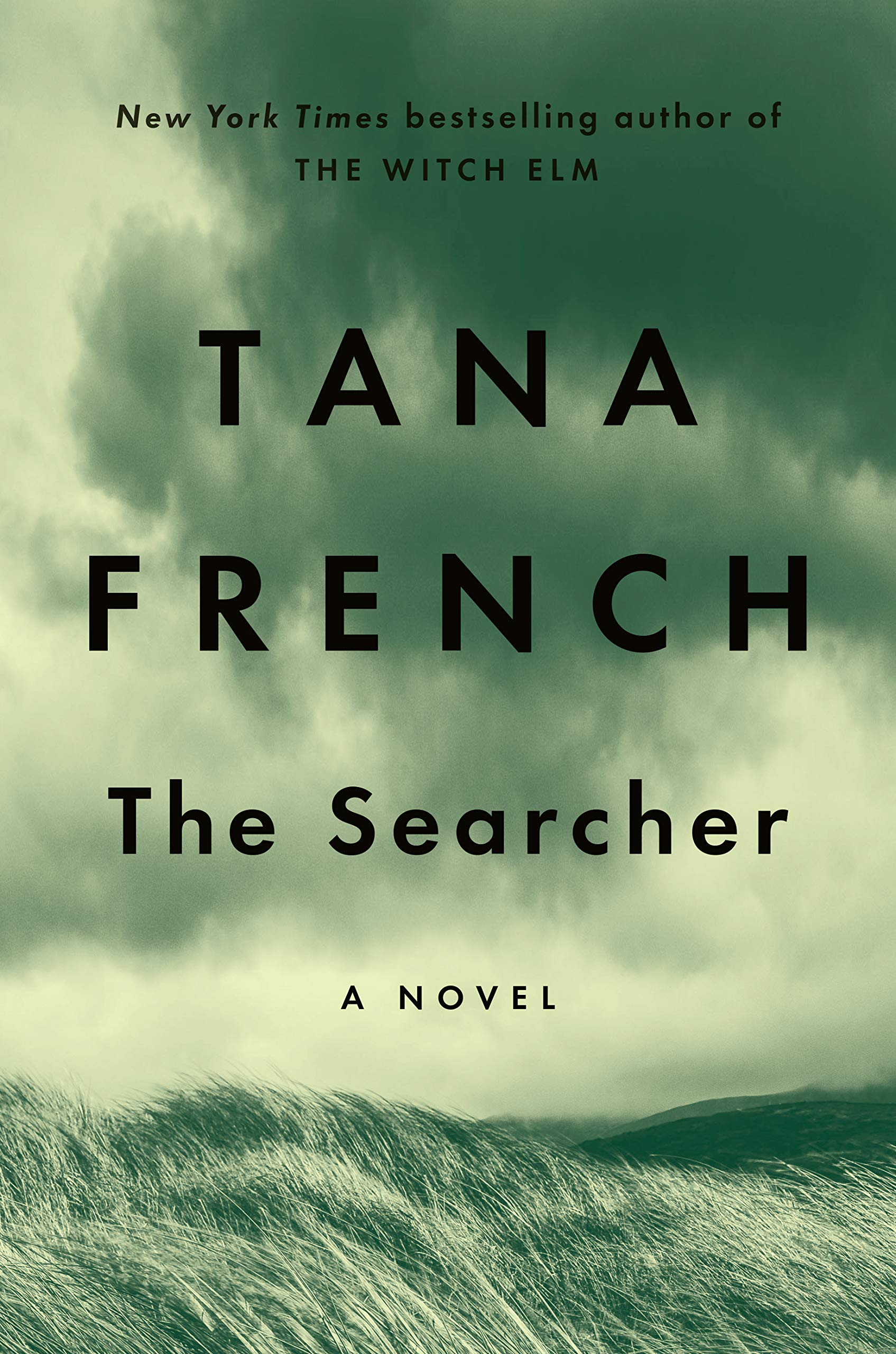 Tana French is a highly regarded Irish mystery writer. Books like “
Tana French is a highly regarded Irish mystery writer. Books like “